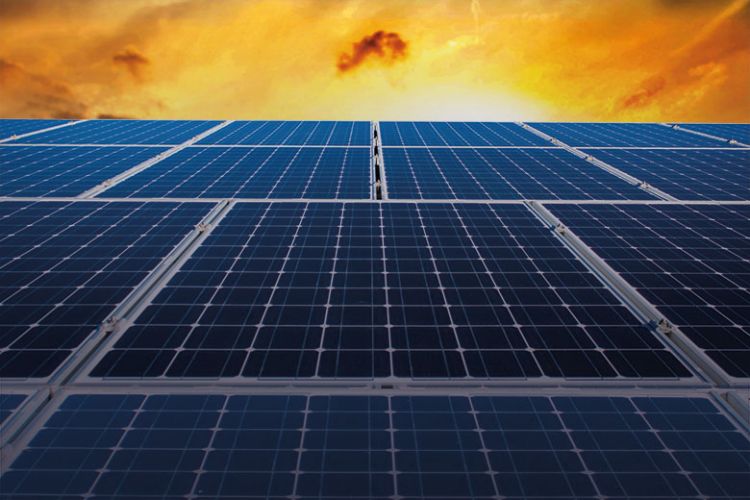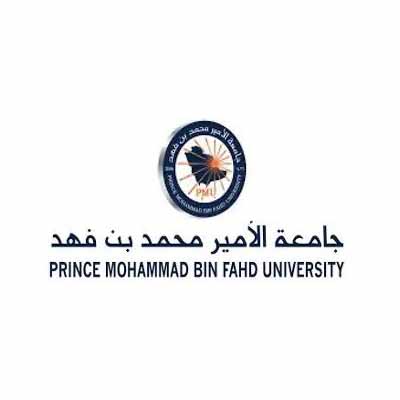Developing nano-enhanced technologies with a world-changing vision

Sponsored by

By boosting the efficiency of nanoparticles and nanofluids, Prince Mohammad Bin Fahd University scientists are advancing research in solar heating, green energy, cancer treatment and more
During the past eight years, Ali Chamkha, dean of research and director of the Research Center at Prince Mohammad Bin Fahd University, has seen his research focus narrow as the potentially transformative properties of nanoparticles and nanofluids have come to light. In that time, Dr Chamkha has published more than 350 papers on the subject. The concept and the scientific principles at play are not new: thermophoresis and Brownian diffusion underpin some of the theory and these are 19th-century ideas. What is new is the technology that can create huge increases in efficiencies by using nanoparticles or nanofluids in a number of systems.
“The idea is so simple,” says Dr Chamkha, “but nobody saw that the impact would be that big.” The efficiencies can be so dramatic that the early pioneers in the field questioned their methodologies. But their figures were correct.
Dr Chamkha is a theoretician with an academic background in mechanical engineering. At PMU, he collaborates with international research groups when building simulation models that enable him to design a system and see how it works. One such system is a solar water heater, an important example of where the application of nanoparticles and nanofluids in commercial and industrial contexts might lead.
“The solar heater technology is very old, but what hinders it is that the efficiency is very low,” says Dr Chamkha. “Why? Because we are not absorbing the rays of the sun very efficiently.” The fluid inside the solar water heater has a low thermal conductivity, he explains. By adding nanoparticles to the fluid – particles ranging in size from 1nm to 100nm, made from a variety of materials such as copper, aluminium, carbon and graphite – and holding them in suspension, it increases the surface area of the nanoparticles and thus the transfer of heat. “The efficiency of the system depends on the amount of absorption of heat transfer,” says Dr Chamkha. “Therefore, the efficiency increases by about 30 per cent just by adding 2 or 3 per cent by volume of nanoparticles to the fluid. It is a very simple idea, but it has a great effect on the efficiency of any system, not only the solar water heater.”
More efficient systems will lead to smaller and lighter units, using less power, at lower operating costs. Developed at scale, this technology could be crucial in developing a more sustainable energy mix. Based on current population growth and energy usage trends, many countries will face an energy crisis if they do not find alternatives to fossil fuels. Solar cells enhanced with nanoparticles and nanofluids will make solar energy cheaper and more accessible.
“There are many applications, if you want to talk about green energy,” says Dr Chamkha. “The solar panel has pipes in it. These pipes have water in them. So we can put nanoparticles in the water – any type, copper is good, cheap and readily available – and it enhances the absorption of the solar cell. We will have more heat, or more energy, coming through the solar cell that we can transfer to the water in the storage tank for the solar water heater.”
There is a problem with solar energy, however, and it arrives each evening at dusk. Where does solar energy come from after the sun sets? This is where the application of phase change materials (PCMs) – materials such as paraffin or wax, which absorb or release heat when they change physical form – can create a 24/7 solar-powered water heater. By day, the PCM absorbs solar energy and stores it upon freezing as latent heat, and at night, as it melts, the PCM releases that energy, heating the water. “We have done a lot of research in nanoparticle-enhanced phase change materials,” says Dr Chamkha. “This enhances the storage by about 10 to 15 per cent, maybe 20 per cent.”
The use of nanofluids in the heat exchange system allied to nano-enhanced PCMs can boost a system’s efficiency. Dr Chamkha, who is cautious about citing an exact figure while such technology remains in the developmental phase, forecasts a 35 to 45 per cent increase in the efficiency of the solar cell, all from “simple ideas and simple technology”. He is less cautious in forecasting the commercial and social impact from using nanoparticles and nanofluids in new technologies. This, he says, is inevitable and will change the world.
Just as nanoparticles and nanofluids can be used in water heating, so too can they be integrated into cooling systems, such as the car radiator. The principles of heat transfer do not change. At the Massachusetts Institute of Technology, researchers are experimenting with the use of nano-enhanced fuel rod technology that could be used to increase the efficiency of nuclear energy. Similarly, nanofluids could be used in emergency coolant systems to enhance plant safety. Other applications Dr Chamkha envisages include computing – with nano-enhanced chips increasing system speed, super-conducting magnets, thermal management of fuel cells and energy systems, and combustion engines.
The prospects for medical science are similarly bright. In cancer treatments, nanoparticles can be guided magnetically through the bloodstream to enhance the targeting of radiation treatments, potentially reducing such therapies’ debilitating side effects and increasing the dosage that can be safely delivered.
Dr Chamkha says that it might take 10 years before nano-enhanced technologies are available commercially. Right now, there is much work to be done. Finding the right base fluid to hold nanoparticles in suspension is one path of academic enquiry. Likewise, choosing the most efficient material for nanoparticles and finding the right size. Different materials have different properties. How can scientists stop the agglomeration of nanoparticles in suspension, wherein they clump together, reducing their surface area and thus their efficiency?
There are many variables and many applications. “The concept has been proven,” says Dr Chamkha. “Now many people are trying to really understand it. The sky is the limit.”
More information about Prince Mohammad Bin Fahd University